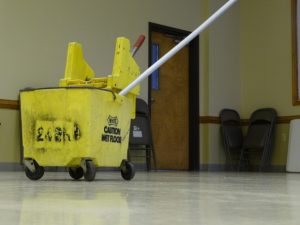A woman once employed by Tiffany & Co. alleges the jewelry maker forced her out of work after she underwent surgery to remove her ovaries and breasts to avoid cancer.
Plaintiff filed a federal lawsuit asserting the company, based in New York, discriminated against her based on her age and gender after she had the surgeries, which her attorney described as “life-saving.” Prior to the surgery, plaintiff learned she carried a genetic mutation that put her at high risk of developing these specific type of cancers, according to BusinessofFashion.com. You may recall two years ago, Actress Angelina Jolie revealed she had surgery to remove both breasts and her ovaries after discovering she had this same BRCA1 gene. Jolie’s mother, actress Marcheline Bertrand, died of ovarian cancer at age 56, while her grandmother died of it at age 45 and her mother’s sister died of the disease at the age of 61. Presence of the gene typically puts women at a 50 percent higher risk of developing breast or ovarian cancer.
Meanwhile, plaintiff in this employment lawsuit, filed in a U.S. District Court in Rhode Island, says that while she is seeking damages, she said she wants people to know the company treated her as if she’d done something wrong after she took decisive measures to save her own life. Continue Reading ›
 Orange County Employment Lawyers Blog
Orange County Employment Lawyers Blog

















